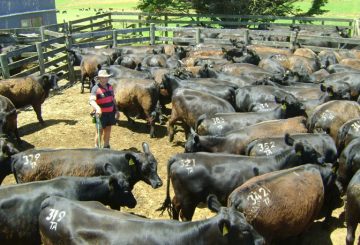ニュージーランドの選挙が近づくにつれ、政党は安定した政府を形成するという課題に取り組んでいます。国内政党とACT政党の共同統治への期待は薄れつつあり、ニュージーランド・ファーストを同盟に含めることへの懸念が高まっています。
最近の世論調査では、ACTの人気が打撃を受けている一方で、ニュージーランド・ファーストの勢いが高まっていることが示されています。Nationalの世論調査は40パーセントを下回り、潜在的な交渉における影響力が弱まっている。
ナショナル・リーダーのクリストファー・ルクソンは、ニュージーランド・ファーストのウィンストン・ピーターズとのパートナーシップへの扉をためらって開いた。このためらいがちだったため、国民党と行動を支持するよう有権者に呼びかけ、ニュージーランド・ファーストに頼ることを避けるよう呼びかけている。ACTのリーダーであるデイビッド・シーモアは最近、安定した政府の必要性を強調し、支持を呼びかけました。元首相のジョン・キー卿も、選挙結果が不明確であることへの懸念を表明した。
NationalとACTの間には政策上の衝突があったが、この数字を達成すれば政府を結成するだけの十分な目標を共有している。ニュージーランド・ファーストは労働党を権力から排除することに関心を持っているが、ルクソンとシーモアとのパートナーシップを構築することは依然として課題である。
しかし、ピーターズ氏は依然として楽観的であり、選挙後も各政党は国の利益のために協力していくと表明している。しかし、特にピーターズとシーモアの間の緊張関係は明らかであり、外国人バイヤーの禁止や定年などの問題によってさらに複雑化している。
さらに、Peters氏は、200万ドルを超える住宅の外国不動産購入の現在の禁止を解除することを条件とするナショナルの税制の明確化を求めている。この提案は、特にニュージーランド・ファーストのシェーン・ジョーンズからの批判に直面している。
選挙まであと数日しか残っていないため、課題は右派に限定されない。労働党のクリス・ヒプキンスは、新型コロナウイルス検査が陽性反応を示したため選挙運動を一時停止せざるを得なかった。選挙運動の残りの日には、大きな挑戦が待ち受けていることから再開した。資産税に関するさまざまなメッセージを含む党内の問題も、労働党の闘争を示唆している。
連立交渉が政治情勢を支配することになる中、選挙の余波は厳しいものになると予想される
。





























































